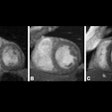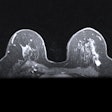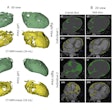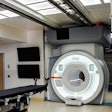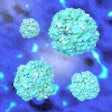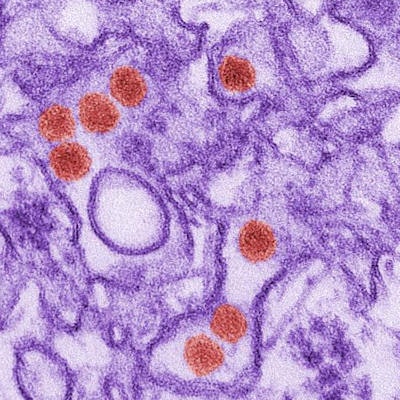
Three scientific studies from Brazil to be presented at next week's RSNA 2016 meeting in Chicago will offer new insights into the Zika virus, the notorious infection that has a particularly devastating effect on pregnant women and their babies.
The Zika virus occurs most often in tropical regions, where it is spread to humans via mosquitoes. In adults, Zika infection can cause symptoms such as fever, rash, joint or muscle pain, and headache. More serious conditions such as Guillain-Barré syndrome have been associated with Zika infection in adults, but they are uncommon. Many adults infected with Zika have no symptoms.
Zika can have devastating effects in pregnant women, however. The virus can be transmitted from a pregnant mother to her fetus during the first trimester of pregnancy, which results in an increased likelihood of severe brain defects in the baby such as microcephaly.
At RSNA 2016, a number of presentations on Zika will be made by researchers from Brazil, where Zika infections have been most common. In one study from the state of Pernambuco, researchers performed CT scans of the central nervous system on 16 newborn babies whose Zika infection was confirmed by tests of their cerebral spinal fluid. The group discovered a pattern of CT brain findings in the babies that included reduced brain volume, simplified gyral patterns, calcifications, ventricular dilatation, and a prominent occipital bone.
The findings indicate that Zika can cause congenital brain damage in babies, regardless of whether microcephaly is present, the researchers concluded.
A second study examined Zika virus infection in three commonly affected groups: adults who developed acute neurological syndrome, newborns who have vertical infection with neurological disorders, and pregnant women who have rash outbreaks that are suggestive of Zika infection.
The researchers found that many of the adults in the study had symptoms of Guillain-Barré syndrome, a condition in which the body's immune system attacks the nervous system, resulting in muscle weakness. Other adults demonstrated inflammation of the brain and spinal cord, or lesions on their brain stem and spinal cord. On MRI scans of newborns, orbital injuries and anatomical changes in brain tissue were seen.
The third study involved researchers performing ultrasound and fetal MRI scans at different gestational ages on pregnant women who were infected with the Zika virus. After the babies were born, they underwent ultrasound, CT, and MRI scans, and virtual and physical 3D models were created. This allowed the researchers to determine that more than half the babies had microcephaly, brain calcifications, and loss of brain tissue volume, along with other structural changes.
Knowing how Zika-related abnormalities appear on medical imaging scans can help facilitate early diagnosis and treatment, while knowing about the abnormalities in the central nervous system can give hints to the pathophysiology of the disease, according to Dr. Heron Werner Jr., PhD, from the department of radiology at Clínica de Diagnóstico por Imagem.



.fFmgij6Hin.png?auto=compress%2Cformat&fit=crop&h=100&q=70&w=100)

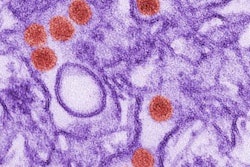


.fFmgij6Hin.png?auto=compress%2Cformat&fit=crop&h=167&q=70&w=250)


